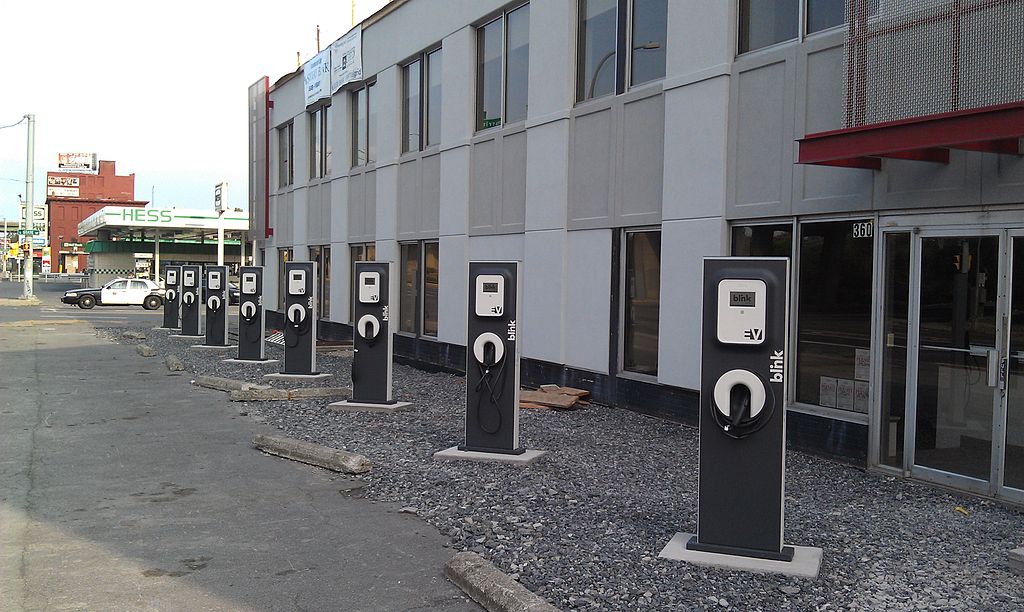

These pilots would explore "the feasibility of a road usage fee and other user-based alternative revenue mechanisms."Īt the national level, another $50 million, spent at $10 a year over that same five-year time frame (2022-26), is designated to a federal national VMT pilot.Īt this level, Transportation Secretary Pete Buttigieg and Treasury Secretary Janet Yellen are tasked with establishing a pilot program that could help restore and maintain the long-term solvency of the Highway Trust Fund, which now relies on the gas tax, and also improve and maintain the United States' highway system.ĭevil in the driving details: Obviously, there are a lot of details to be hashed out at all governmental levels over the coming five years.


$75 million would go as grants to regional, state, and local transportation agencies in $15 million a year increments from 2022 through 2026 to set up pilot programs. To do so, the bill provides $125 million over five years. 13001 of Title III - Research, Technology, and Education, of the bill, instructs the Secretary of Transportation to "establish a program to test the feasibility of a road usage fee and other user-based alternative revenue mechanisms…to help maintain the long-term solvency of the Highway Trust Fund, through pilot projects at the State, local, and regional level." It's authorization for exploratory programs to see how and how well any taxes on the miles that vehicles travel would work. The infrastructure bill's proposal is not a federal tax heading to the Internal Revenue Code.

This is just a test: If you're freaking out about possibly having to pay a mileage tax, don't. More workers staying home means less commuting. Now it appears to be more than a passing fancy.Įven before the Delta variant stalled the reopening of offices, many companies were creating hybrid work situations where employees could continue to do their jobs from home at least some of the time. The move to home offices (or kitchen tables) was necessitate by coronavirus lockdown procedures at the height of the pandemic last year. Some states have opted to add fees to non-gas vehicles to make up some for their own highway funding losses, but there's not been a push at the federal level until now.Ĭhanging commuting trends: The COVID-19 pandemic prompted working from home (WFH) trend also is adding a bit to the VMT push. The argument also arose back when hybrid vehicles were all the rage.
#Vmt tax in infrastructure bill drivers#
VMT proponents say EV drivers should pay their part in building and maintaining the roads they use alongside vehicles that run on fossil fuels. electric autos on the road, including those in fleets used by federal agencies. That’s a federal revenue shortfall of $153 million to $180 million per year.Īnd the dollar loss could get larger if President Joe Biden meets his goal of dramatically expanding the number of U.S. Various studies show that each electric auto costs the Highway Trust Fund between $85 to $100 in gas taxes. While more EVs elates environmentalists, it's a big bust for the U.S. That's a phenomenal jump from 2016, when fewer than 300,000 EVs were registered. Nearly 1.8 million EVs were registered in the United States in 2020, according to the International Energy Agency (IEA). The gas tax, however, has not kept up with either inflation or the growing number of alternative fuel vehicles on the continually eroding roadways. It's been the standard federal source of revenue for the Highway Trust Fund, which is the source of money for our nation's roads and bridges. More EVs, reduced revenue: First, the increased popularity of electric vehicles (EVs) has meant those drivers escape the long-standing (and stuck at 18.4 cents per mile) gasoline tax. This user fee approach has gained support for a couple of reasons.
#Vmt tax in infrastructure bill driver#
Basically, it's a fee (or tax) based on how many miles a driver puts on a vehicle, usually counted for a full tax year. The possibility of a VMT was broached, then dismissed, in early infrastructure talks. One that's getting some attention is the inclusion of a pilot program for a vehicle mileage tax, or VMT. One good thing about that extended journey is that it should give us time to read the legislative road map, aka the officially titled the Infrastructure Investment and Jobs Act's 2,702 pages.Ī bill that size offers a lot of detours. The Senate finally cranked the engine on the $1.2 trillion infrastructure bill, but it's still got a ways to go before becoming law.


 0 kommentar(er)
0 kommentar(er)
